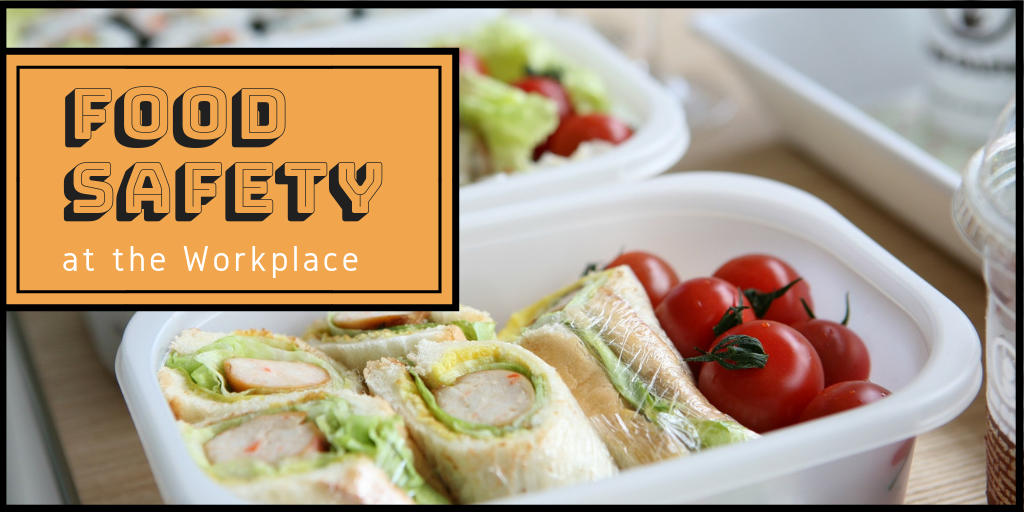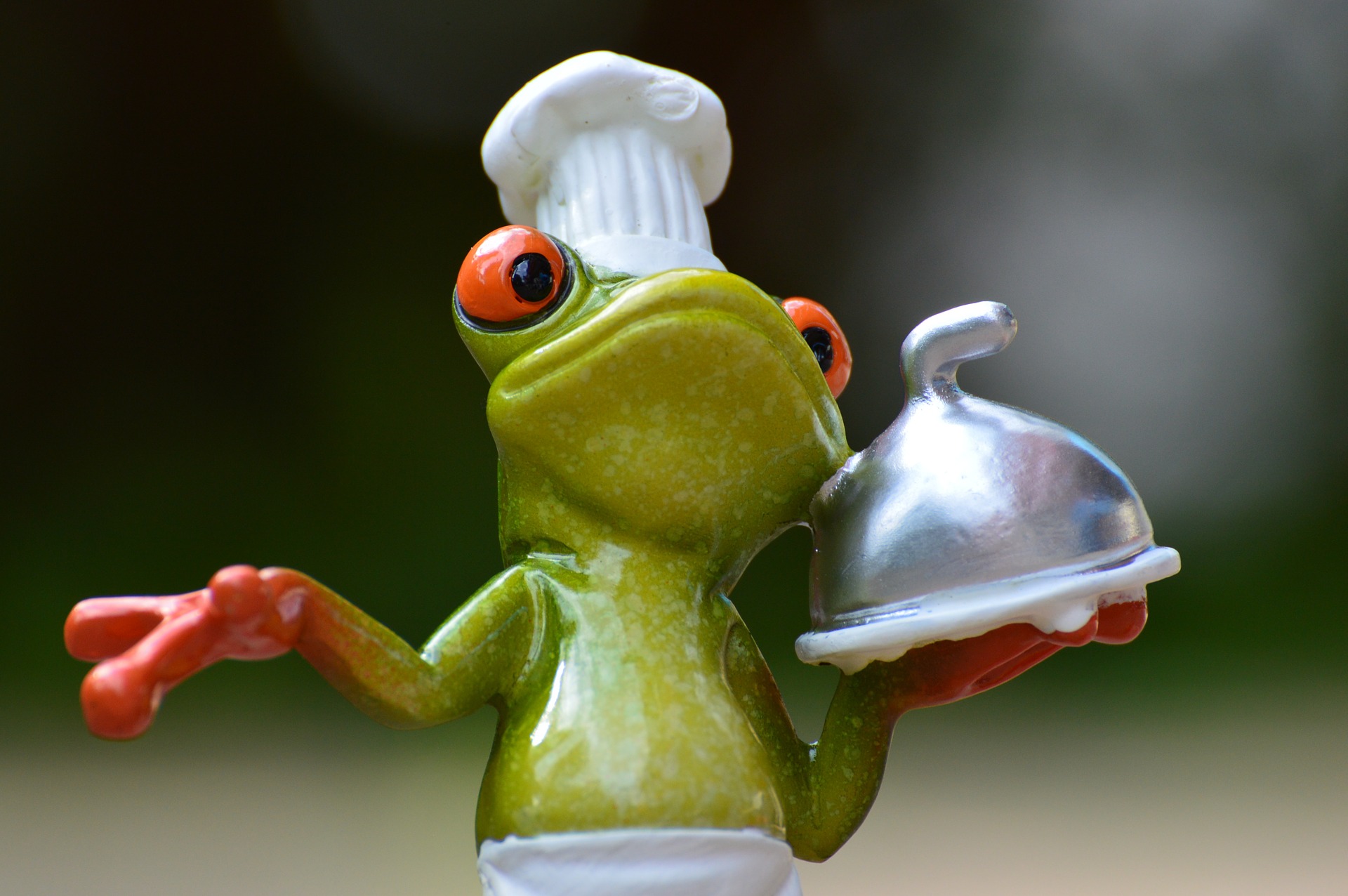When we consider safety within the workplace we often think of occupational hazards such as dangerous equipment and chemicals. But have you considered the importance of food safety?
Unfortunately, offices are full of germs, and if you are not careful you could ingest some of these germs through your food. Unsafe food, containing harmful bacteria, chemicals, parasites or viruses, has been attributed to the cause of over 200 diseases worldwide, and many sick days taken (Laycock 2015).
Many of us look forward to enjoying some good food at lunch, and a snack every now and then while at work. Some of us though are so busy we forget to eat, and like to rush a quick snack, and may inevitably forget to consider food safety. However, there are many reasonable measures that you can undertake to ensure you avoid food poisoning or contamination at work.
Personal Hygiene & Health
Managing your own hygienic behaviours is the best place to start. The first defence against harmful bacteria is to have clean hands. You should always wash your hands before handling food, and it is best to wash your hands with warm soapy water and to dry them completely (Healthier Workplace WA n.d.). A bottle of hand sanitizer is also a useful item to have in the office.
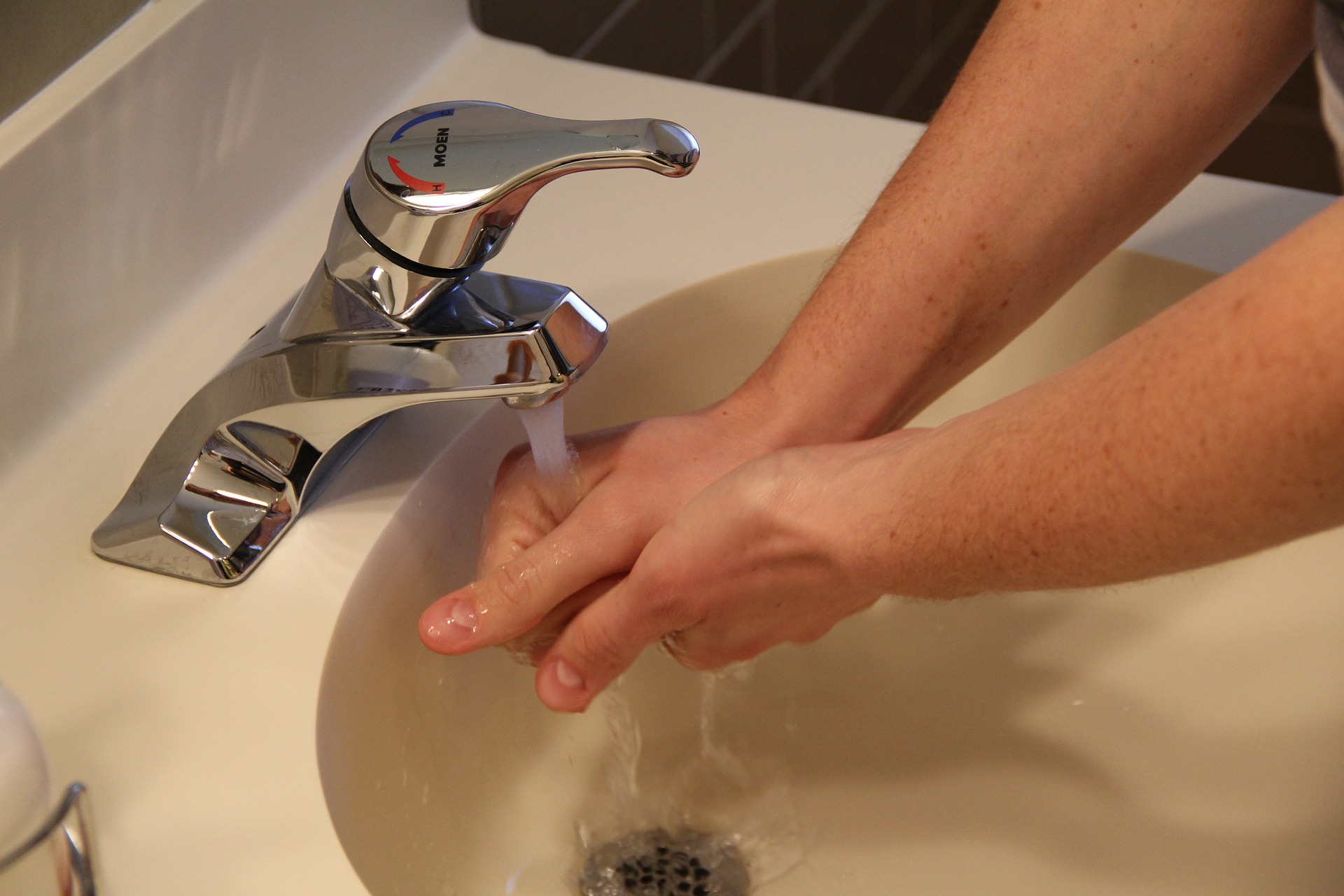 Keep your workmates healthy by staying home when you are sick. If you cannot avoid the workplace, ensure that you do not handle food for others, especially if you are suffering from gastro (Food Safety Information Council 2018). Do not prepare food with hands that have an open cut, make sure the injury is bandaged and wear gloves.
Keep your workmates healthy by staying home when you are sick. If you cannot avoid the workplace, ensure that you do not handle food for others, especially if you are suffering from gastro (Food Safety Information Council 2018). Do not prepare food with hands that have an open cut, make sure the injury is bandaged and wear gloves.
Keep your workspace clean
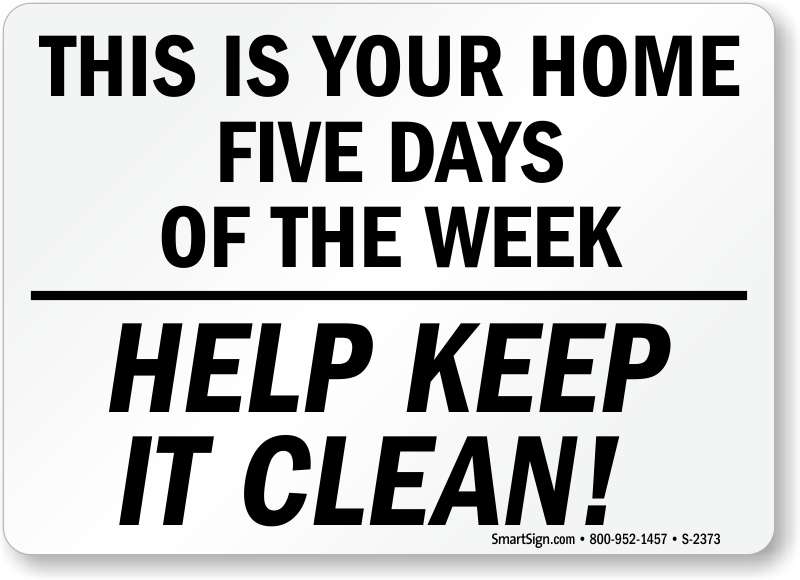 A survey conducted by ConAgra’s Foods’ Home Safety program in 2012 identified that on a semi-regular basis 83% of workers will eat their lunches and snacks at their work desk (Stewart 2012). Therefore, it is crucial that your workspace remains sanitary and clean. Remember to regularly wipe down your desk with a safe cleaner or cleansing wipe to fight bacteria.
A survey conducted by ConAgra’s Foods’ Home Safety program in 2012 identified that on a semi-regular basis 83% of workers will eat their lunches and snacks at their work desk (Stewart 2012). Therefore, it is crucial that your workspace remains sanitary and clean. Remember to regularly wipe down your desk with a safe cleaner or cleansing wipe to fight bacteria.
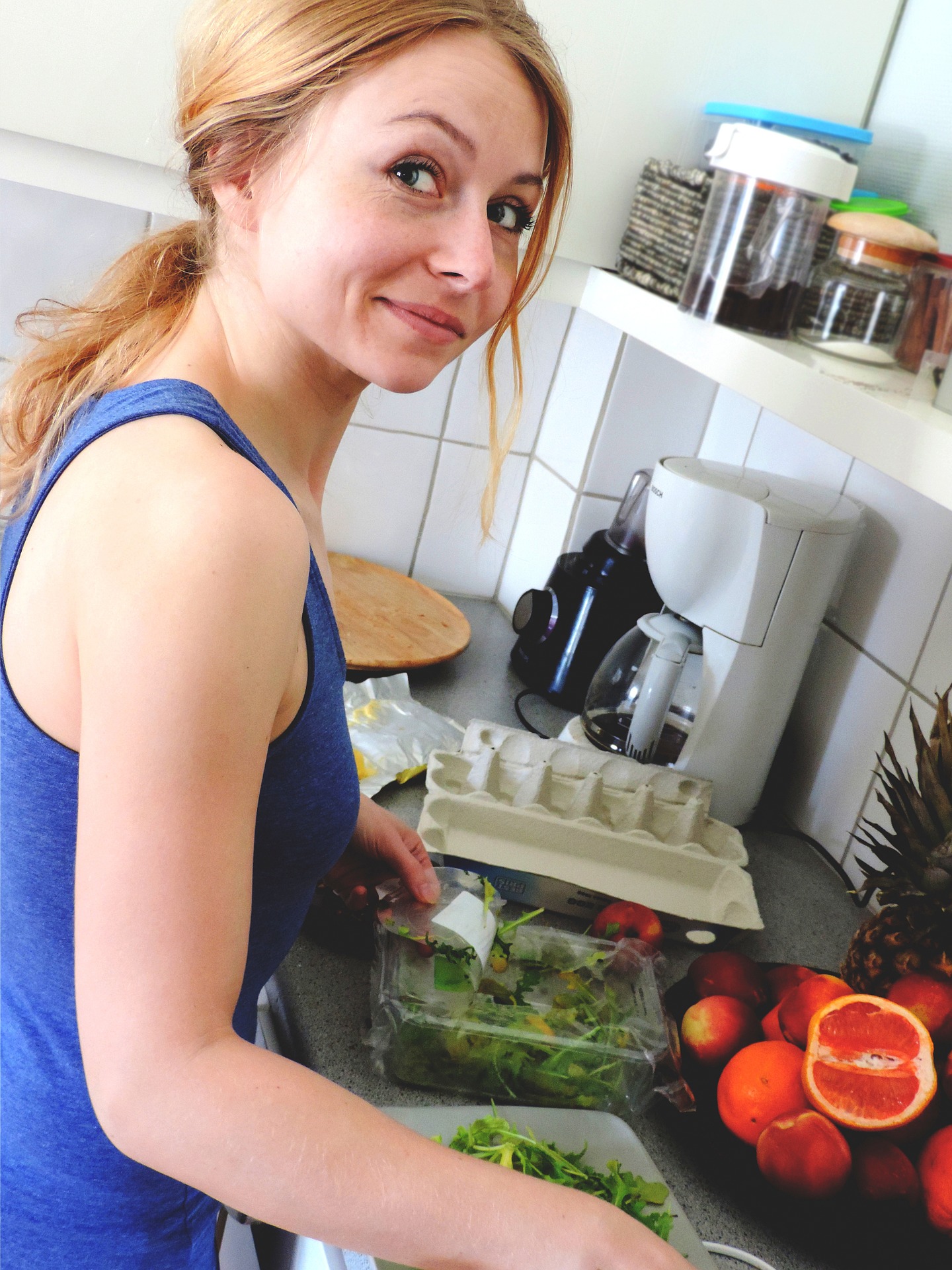
Using workplace kitchen facilities
Clean kitchen facilities will prevent the occurrence of food contamination in the office. It is everyone’s responsibility to keep the kitchen clean and tidy. Unfortunately, there are often those employees that need to be reminded of the standard housekeeping rules. Don’t be that employee that leaves the kitchen in an unsightly (and unhealthy) mess.
Wash the cutlery and kitchen utensils you use to prepare your meals with detergent and warm water. If you are using a microwave, cover your food to prevent spills, and if spills do occur clean them up it doesn’t contaminate the food of the next person who uses it.
Remember to regularly replace and wash the dish towel, to prevent the spread of bacteria. Make sure that you do not use the dishtowel to wash your hands, use a separate hand towel instead.
The kitchen should be included in your workplace’s routine maintenance schedule (Healthier Workplace WA n.d.).
Food Storage
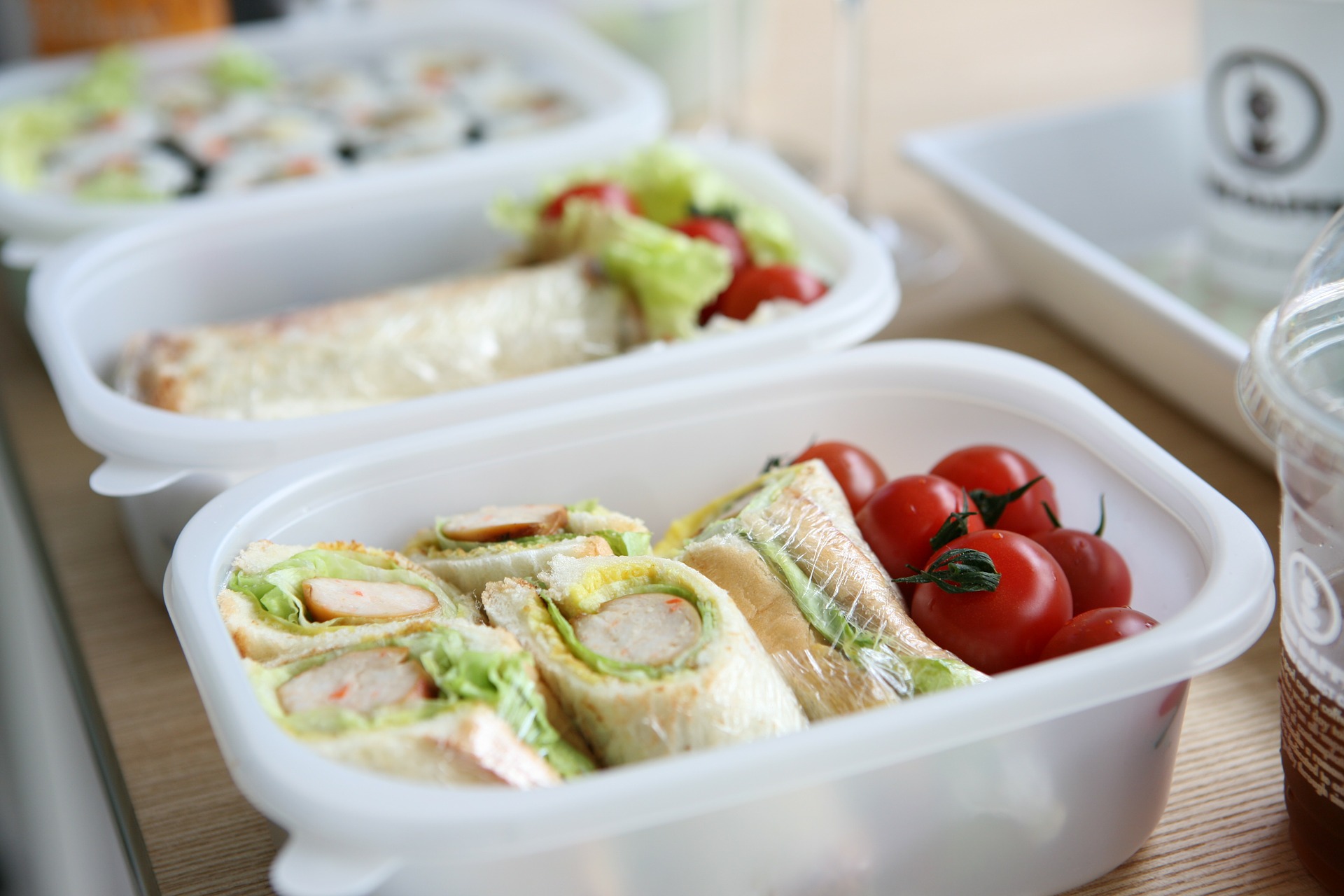 Taking your own lunch to work is a great way to save you money. However, you need to be aware of the potential dangers of food incorrectly stored.
Taking your own lunch to work is a great way to save you money. However, you need to be aware of the potential dangers of food incorrectly stored.
Perishable items should be stored covered in the fridge as soon as you get to work, or in a chilled cooler with ice bricks if you work outside. If you travel a long distance to work (especially in WA) you should also consider carrying your food in an appropriate container/cooler or with ice bricks to keep it cool. It would not be a good idea to leave your lunchbox in the tray of your ute on a sunny summer day when you have a 2-hour drive ahead of you.
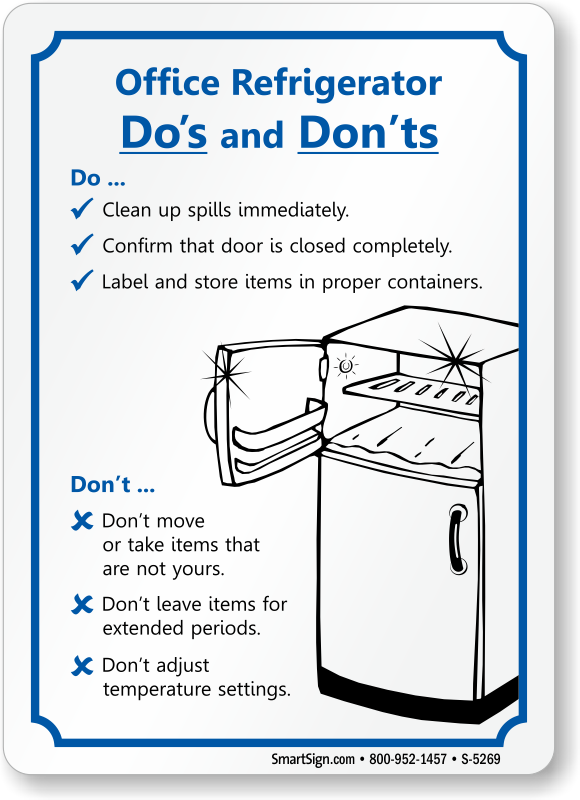 In the office, consider checking that the fridge is working correctly. Is the fridge operating at an appropriate temperature (at 5o Celsius or below)? Are there any damages to the seal on the fridge door?
In the office, consider checking that the fridge is working correctly. Is the fridge operating at an appropriate temperature (at 5o Celsius or below)? Are there any damages to the seal on the fridge door?
Leftovers are great, just make sure they have not been ‘left’ for too long. Be aware that some types of food do not keep for very long, even in the fridge. It is just as important that the food containers are clean as well to prevent bacteria build-up (Stewart 2012).
Safe food handling procedures
The bacteria associated with food poisoning will multiply rapidly within temperatures between 5o and 60o Celsius. Therefore keep perishable food cool at or below 5oC, and heat food to above 60oC (heat your food until it is steaming hot, especially leftovers, before eating) (Healthier Workplace WA n.d.).
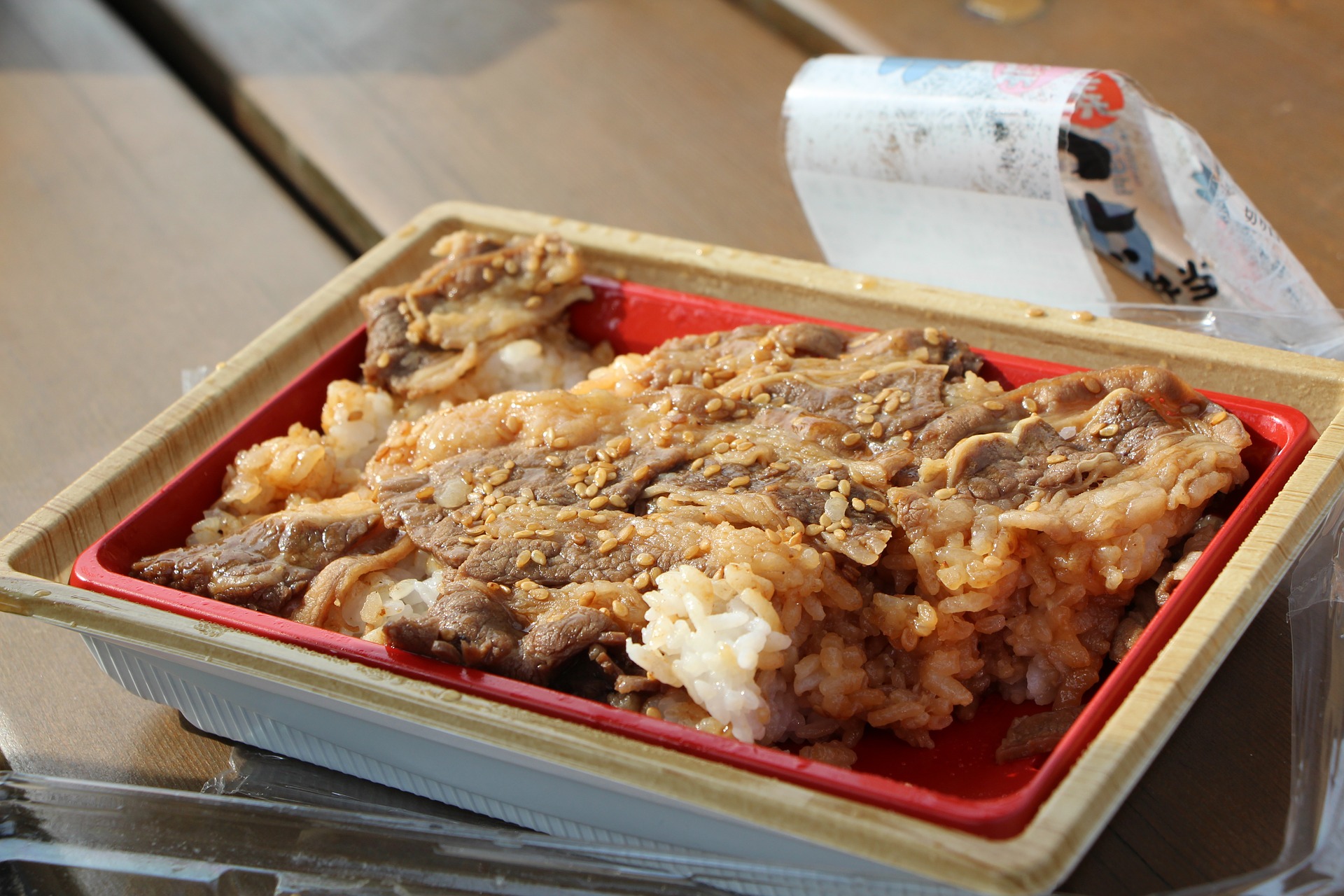 Pre-prepared meals are also a popular meal choice at lunch. Quick and easy to use, just make sure you follow the cooking instructions carefully. A lot of people also regularly purchase their lunches as take-out of fast food. Even with purchased foods, you should still consider safe food handling procedures. Avoid purchasing food in damaged or torn packets, as they may be contaminated (Healthier Workplace WA n.d.). And store appropriately if you are not going to eat it straight away.
Pre-prepared meals are also a popular meal choice at lunch. Quick and easy to use, just make sure you follow the cooking instructions carefully. A lot of people also regularly purchase their lunches as take-out of fast food. Even with purchased foods, you should still consider safe food handling procedures. Avoid purchasing food in damaged or torn packets, as they may be contaminated (Healthier Workplace WA n.d.). And store appropriately if you are not going to eat it straight away.
Don’t forget to keep your beloved coffee mug clean too. Most of us will use that daily, so we should wash it regularly with detergent/soap.
Conclusion
Despite our busy work schedules we all need to take the time to ensure that the food we are consuming has been stored and handled safely. Don’t put your health at risk, take a few moments today to think about your lunch & snacks. Have you stored them appropriately? Have you kept your desk and hands sanitised? Have you left anything in the office fridge that you should probably throw out before someone complains?
Download PDF: ISPL Insight – Food Safety at the Workplace
References
Food Safety Information Council. 2018. Workplace food safety. Accessed 10 22, 2018. http://foodsafety.asn.au/workplace-food-safety/.
Healthier Workplace WA. n.d. “Food Safety FactSheet.” Healthier Workplace WA. Accessed 10 22, 2018. https://healthierworkplacewa.com.au/media/130291/hchf-food-safety.pdf.
Laycock, Richard. 2015. Is your Kitchen Workplace making you sick? https://www.finder.com.au/is-your-workplace-kitchen-making-you-sick.
Stewart, Michael. 2012. Observing Proper Food Safety at the Workplace. 11 07. https://www.foodsafety.com.au/blog/observing-proper-food-safety-at-the-workplace.
Work Cover Tasmania. 2013. “Food Safety in the Worplace.” Worksafe.tas.gov.au. 03. https://worksafe.tas.gov.au/__data/assets/pdf_file/0011/288182/Food_safety_in_the_workplace_fact_sheet.pdf.

